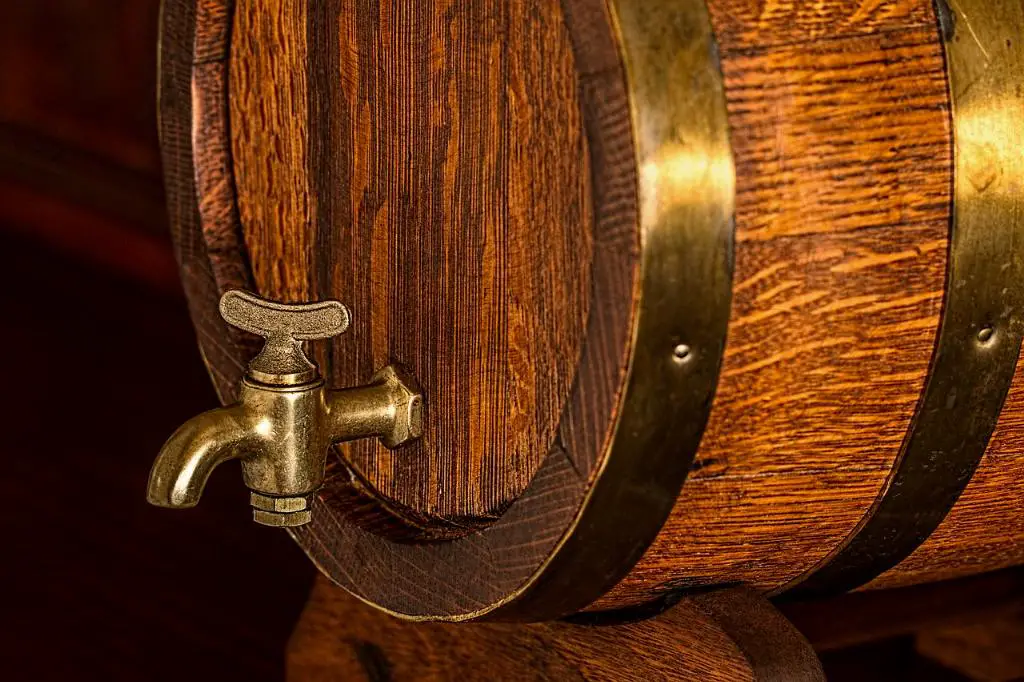When it comes to brewing beer, one of the most important factors to consider is the yeast used in the fermentation process. For ale styles, Nottingham yeast is a popular choice due to its neutral to slightly fruity and estery flavor and aroma. However, in order to achieve optimal results, it is crucial to ferment the beer within the appropriate temperature range.
Optimal Temperature Range
The optimal temperature range for Nottingham ale yeast when producing traditional styles is between 10?C (50?F) and 22?C (72?F). This temperature range allows the yeast to perform at its best, ensuring proper fermentation and the development of desired flavors and aromas in the finished beer.
Lower Temperature Range
At the lower end of the temperature range, around 10?C (50?F), Nottingham ale yeast tends to produce a cleaner and more neutral profile. This temperature range is often preferred when brewing lighter and more delicate styles, such as pale ales and blonde ales. It helps to minimize any potential off-flavors and ensures a crisp and refreshing final product.
Higher Temperature Range
On the other hand, if you want to enhance the fruity and estery characteristics of your beer, fermenting Nottingham yeast at the higher end of the temperature range, around 22?C (72?F), is recommended. This temperature range is ideal for brewing styles like IPAs, amber ales, and stouts, where the yeast’s fruity flavors can complement the malt and hop profiles.
Considerations for Temperature Control
While it is crucial to ferment within the recommended temperature range, it’s also important to note that fluctuations outside this range can have a significant impact on the yeast’s performance. Sudden temperature changes or prolonged exposure to extreme temperatures can result in stressed yeast, leading to off-flavors or incomplete fermentation.
To ensure precise temperature control during fermentation, you can use a temperature-controlled fermentation chamber or wrap the fermenter with insulation to maintain a stable environment. Monitoring the temperature using a thermometer or a dedicated temperature controller can also be helpful in achieving consistency throughout the fermentation process.
Experimentation and Personalization
It’s worth mentioning that these recommended temperature ranges serve as general guidelines for brewing with Nottingham ale yeast. Every brewer has their own preferences and may want to experiment with different temperature variations to achieve unique flavor profiles.
For instance, if you want to emphasize the fruity and estery character of your beer, you can try fermenting at the higher end of the range, towards 22?C (72?F), for a longer duration. On the other hand, if you desire a more crisp and clean finish, fermenting at the lower end, closer to 10?C (50?F), might be the way to go.

Conclusion
In conclusion, the temperature range for Nottingham ale yeast when brewing traditional styles is between 10?C (50?F) and 22?C (72?F). This range allows for versatility in flavor development, ranging from clean and neutral to fruity and estery profiles. However, it is essential to maintain consistent and controlled temperatures during fermentation to achieve optimal results. And don’t forget, brewing is a creative process, so don’t hesitate to experiment and personalize your brews to find your perfect temperature range for Nottingham ale yeast.
